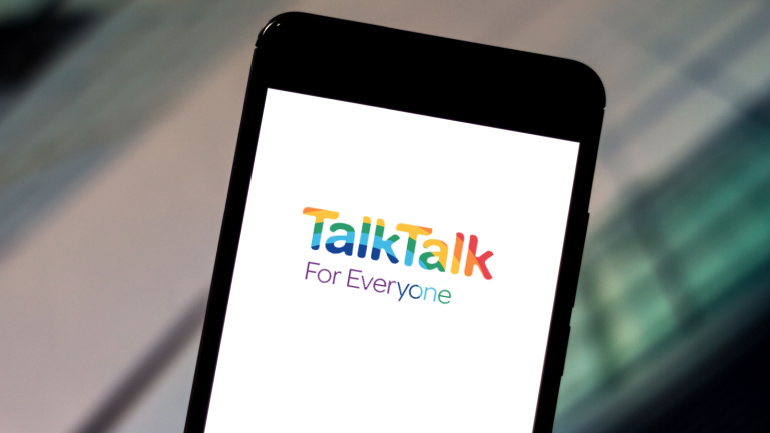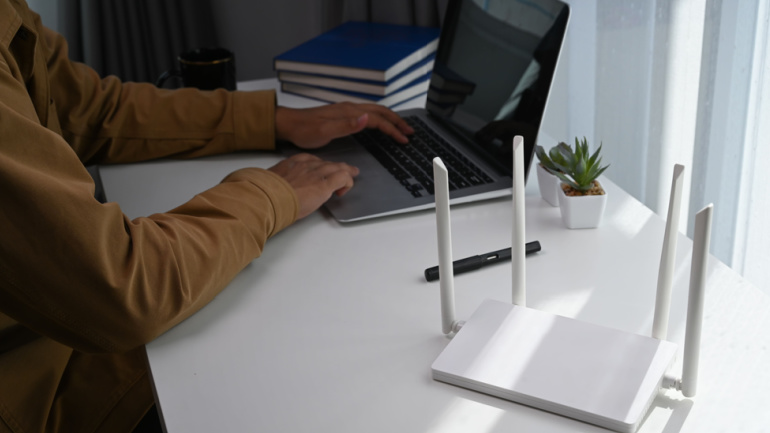The recent signal disruptions experienced by Sky Mobile users in the UK have been linked to the government-mandated removal of Huawei equipment from the network, fuelling concerns over national security. Network operators have voiced scepticism, predicting significant disruption, increased expenses, and potential delay in the rollout of 5G infrastructure. Sky Mobile, however, assures compliance with the directive and minimal impact on their customers.
The telecommunications realm of Sweden and Denmark is on the brink of a substantial transformation, with Stonepeak’s impending acquisition of a 49% stake in Cellnex Nordics. Despite alterations in ownership, operational management remains with Cellnex. However, the agreement awaits regulatory approval, with full expectancy of completion by Q1 2024. The funding injection is anticipated to bolster Cellnex’s debt reduction strategy, aiming for a coveted S&P investment grade credit rating. Both parties share a positive outlook, viewing this step as critical in Cellnex’s broader shift towards consolidation.
The EU’s first annual State of the Digital Decade report highlights an urgent call to action for increased investment to meet its 2030 technology targets. The report underlines the significance of collective efforts by member states to successfully navigate the prevalent digital transformation. The document illuminates areas such as 5G deployment, which has been slower than expected, and inadequate fiber network coverage, among others. Simultaneously, it draws attention to other essential aspects, like digital sovereignty and the digitalization of businesses, suggesting an additional investment of at least €200 billion may be necessary. Issues such as these could hamper the bloc’s ambition to double its share in the semiconductor sector by 2030.
TalkTalk, a renowned Broadband ISP, recently unveiled plans for a radical transformation. The organization aims to split into three distinct operations: business, consumer, and wholesale. As this change signals a departure for current CEO, Tristia Harrison, successors are already being primed. This strategic move aims to enhance customer service, streamline operations, and diversify investment routes, despite looming debts and past acquisition attempts. The complete ramifications of this crucial split unfold at Connected North 2024.
Sweden’s recent spectrum auction has not only proved to be a triumph for the Swedish Post and Telecom Authority (PTS), but also for the nation’s digital future. The robust participation from the country’s primary operators substantiates the utility of the spectrum in bolstering Sweden’s wireless services and advancing its 5G capabilities. In an impressive display, not just of interest, but also of investment, an imposing SEK 4.23 billion ($380 million) was raised in a span of just one day. This unprecedented event echoes Sweden’s commitment to digital progress, with new licenses primed to spark a wave of innovative advancements in the long-term. Stay tuned for more updates on the fascinating world of telecommunications.
Nokia intensifies focus on AI and machine learning enhancements with the advent of their new Open Innovation Lab in Dubai. This facility is set to target telecommunications operations in Middle East and Africa, potentially bolstering business for Dell and Hewlett Packard Enterprise. The lab’s agenda encompasses three key areas: cloud RAN collaboration, promotion of private wireless and industrial networks, and acceleration of AI-driven network automation. The lab’s existence could pave the way for increased productivity, overall network efficiency and novel revenue opportunities in the region.
Charting the future of mobile networks, the advent of Open vRAN technology, equipped with software-defined systems on standard hardware, delivers on the ambitious goals of 5G while retaining unmatched energy efficiency. Pushing these advancements further, QCT and Intel have introduced cutting-edge servers integrating Intel’s pioneering FlexRAN architecture. This merger of CPU computing power with an accelerated system, transforming standard network structures and allowing innovative software integrations, is the driving force behind the striking efficiency improvements within mobile networks.
While the UK initially took the lead in 5G deployment, recent metrics suggest a shift, with the UK now trailing behind other countries in 5G download speed and coverage. Despite these setbacks, the UK’s 5G journey is far from finished. This communication revolution isn’t just about winners or losers, but about creating a conducive environment for businesses to thrive, thus promoting economic growth and job creation.
The UK’s popular Lake District, plagued by poor mobile service, is set for an upgrade with EE boosting its masts’ performance. The upgrades, part of the ambitious Shared Rural Network program, will improve coverage across less-accessible communities, attempting to achieve 95 percent UK coverage by 2025. While enhancing connectivity in the countryside, meeting an impending 2G and 3G network phase-out, these improvements respect the natural landscape and cater to rural communities’ unique needs. This project is hailed for supporting local lifestyles, businesses, tourism and potentially enabling fresh opportunities.
A surprising surge in UK home broadband speeds reveals unexpected players in the game, with cable services outpacing full fibre. Yet, amid the rise of lightning-fast download speeds, the upload band still sees full fibre reigning supreme. Noticeably, cable packages prove their worth even under the gruelling test of peak hours. Nevertheless, experts advise not to overlook service quality when choosing broadband. A glimpse into the changing landscape of broadband services shows an intriguing volatility that leaves room for industry alterations and subscriber adaptation.













